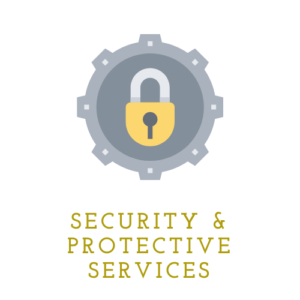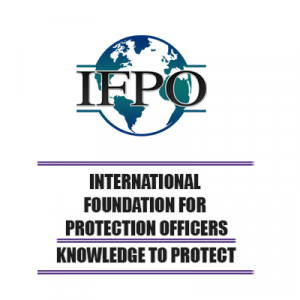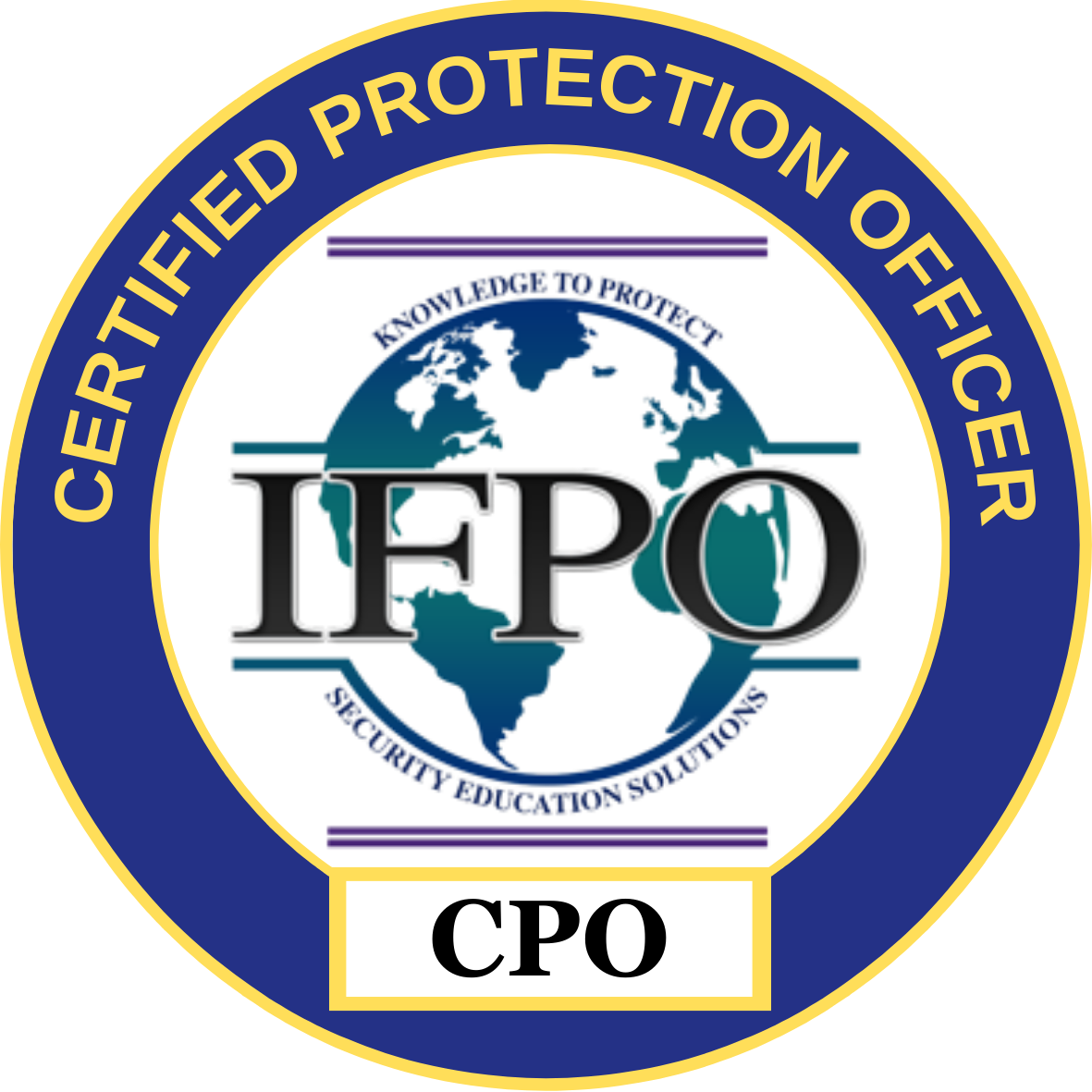 National Certified Protection Officer
National Certified Protection Officer
An Industry Recognized Credential
 Industry Provider – International Foundation for Protection Officers (IFPO)
Industry Provider – International Foundation for Protection Officers (IFPO)
The International Foundation for Protection Officers (IFPO) is a nonprofit dedicated to providing meaningful, cost effective education for all levels of security personnel. Learn more about IFPO – ifpo.org
IFPO and LAPSEN have been working together to provide the best offering in security and protective services training for secondary and post-secondary education. The certificate is professional level while the instruction is appropriate for high schools and colleges.
Security and protective service entities hire as young as 18 years old

Certified Protection Officer (CPO) Certification
The Certified Protection Officer demonstrates that students understand security and protection officers, and their role and responsibilities within the public safety and criminal justice system. The CPO satiates Perkins requirements for Industry Recognized Credentials.
The CPO certificate is recognized by:
- U.S. Department of Labor
- ASIS International
- Canadian General Standards Board
- Thousands of American companies – see a list
124 Items ~ 90 Minutes (exam can be offered in two sessions)
60 Cut Score (for high school)
Certification Exam: $87 LAPSEN member price
Pretest: $17
Orders, Quotes and Invoices
 Scholastic Testing and Credential Certifications (STACC)
Scholastic Testing and Credential Certifications (STACC)
All of our testing partners offer their tests through a single platform for the convenience of educators. Scholastic Testing and Credential Certifications (STACC) offers the platform flexibility we need. You can find all the LAPSEN IRCs there.
Order Tests – staccexams.com – Click Here
Implementation
Note: IFPO allows a one school year grace period for a teacher to complete all training. During this time a school may teach, test, and certify students.
Instructor Certification
Teachers are required to either have 1) certification by a state entity in security or protective services 2) three years experience in security, law enforcement or military experience in security or policing 3) complete the IFPO CPO Course or 4) pass the CPO exam. To be an instructor that can certify their students, there is a required CPO Instructor course.
For more specific information – Click Here
Support Materials
LAPSEN provides materials and resources for instructors to prepare their students for 1) entry level career success and 2) industry recognized credential success
Pathway & Courses
Review the resources for this pathway. Standards, lessons, & materials are available.
Lesson Plans
For instructors who have completed certification. Password protected.
Forgot password? Email info@lapsen.org
Director of Credentialing
Holly is an accomplished educator, former police officer, and LPS high school pathway completer!
Reach out to Holly with any questions about the credentials.
Have questions about the testing process? Email STACC at info@testscert.com

Certified Protection Officer Certification Capstone Competencies
This is an outline of the test design. Instructors can use this to crosswalk their instruction to ensure they are covering the necessary content. This is also useful to have students create a review for the certification as they progress through the course content.
1 Foundations of Protection Officer
Standard 1: Describe concepts and theories of asset protection and security.
Standard 2: Describe the security officer of the 21st century.
Standard 3: Describe the legal aspects of security.
Standard 4: Explain effective communications
2 Roles & Responsibilities of the Protection Officer
Standard 1: Describe the roles of a protection officer.
Standard 2: Define security awareness
Standard 3: Describe a sustainable culture of security
Standard 4: Explain role in critical information infrastructure protection
Standard 5: Describe fire prevention, detection and response in the context of a protection officers responsibility
Standard 6: Describe an all hazards approach.
3 Patrol Principles
Standard 1: Describe how patrol is conducted in protective services.
Standard 2: Explain protection officer safety and use of force
Standard 3: Describe how protection officers lawfully apprehend and detain offenders.
Standard 4: Identify crime scene and incident scene procedures.
Standard 5: Identify crime scene and incident scene procedures.
Standard 6: Identify crime scene and incident scene procedures.
4 Concerns in the Workplace
Standard 1: Explain how health and hazard assessments are completed
Standard 2: Describe how sites can mitigate shooter and assailant threats
Standard 3: Describe crisis intervention
Standard 4: Evaluate how mental health, including substance abuse, impact the workplace
Standard 5: Describe workplace crime and deviance
5 Concepts of Physical Security
Standard 1: Describe access control
Standard 2: Identify types of contraband detection
Standard 3: Describe how drones are used in security and protective services
Standard 4: Discuss physical security concepts
Standard 5: Describe the fundamentals of alarm systems
6 Risk Management
Standard 1: Explain risk
Standard 2: Describe the risk management process.
Standard 3: Describe the potential impact of emergencies on people and organizations.
7 Crowd Management & Event Planning
Standard 1: Describe common traffic control strategies
Standard 2: Explain how special events are planned
Standard 3: Identify potential issues with labor and management
Standard 4: Describe handling VIPs
8 Terrorism
Standard 1: Describe surveillance
Standard 2: Explain how espionage threatens non-government entities
Standard 3: Explain terrorism
Standard 4: Explain how responses to threats that can result in evacuation are processed
Standard 5: Explain cybersecurity
9 Ethics & Leadership
Standard 1: Explain professional security officer ethics
Standard 2: Describe how networking is an important part of protection officers jobs
Standard 3: Describe how protection officers serve as leaders
10 Career Readiness
Standard 1: Describe best practices for protection offices with time and stress management
Standard 2: Explain proper methods to deal with critical incident stress
Standard 3: Identify how to respond to medical situations commonly occuring in public environments
Standard 4: Identify training and certifications protection officers can attain to advance their career
Standard 5: Create a career plan for a career as a protection officer


